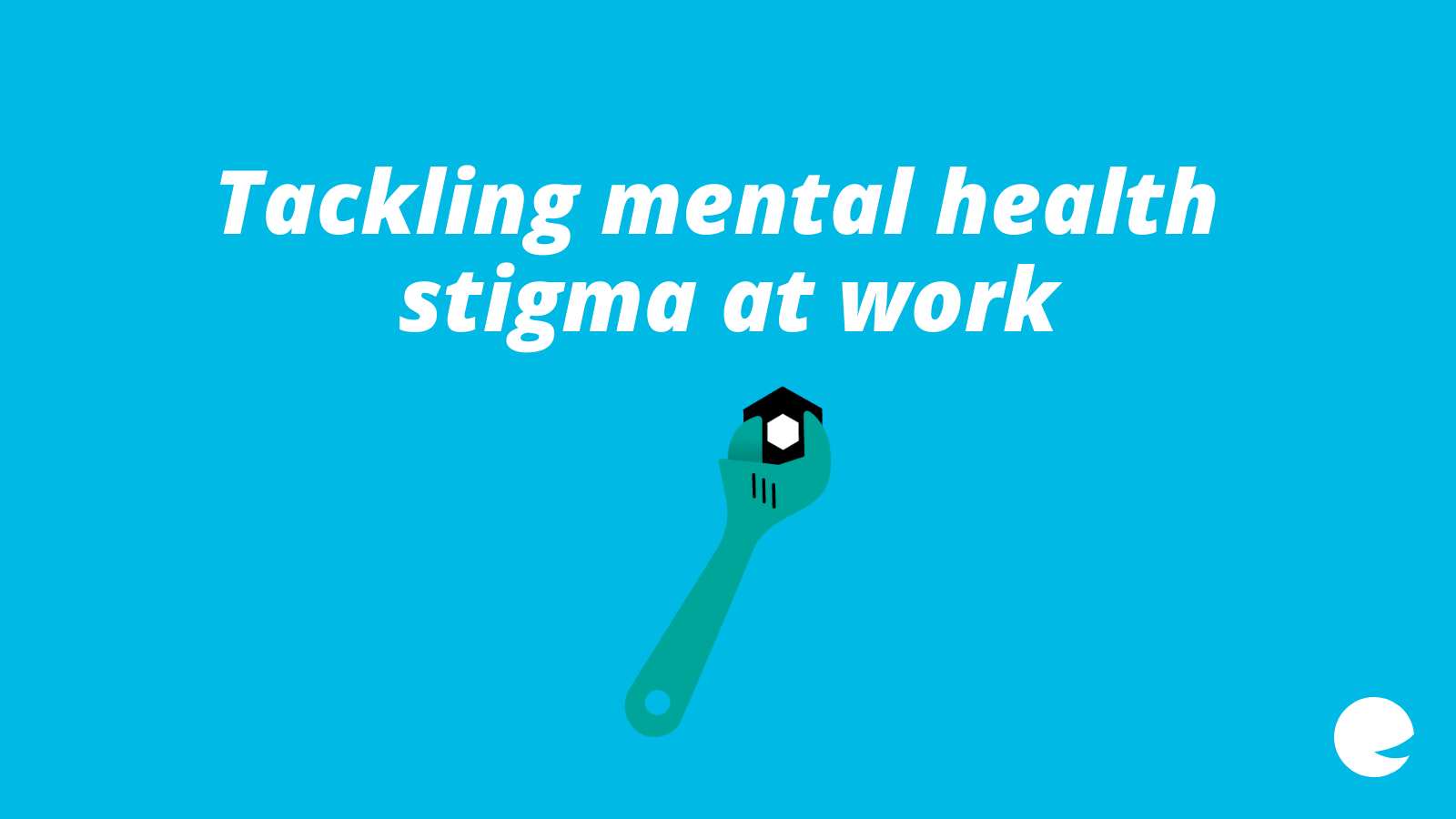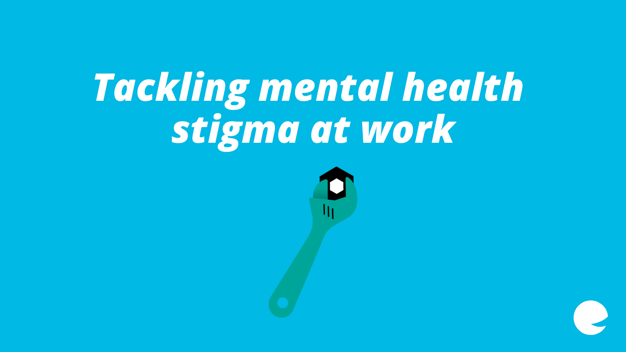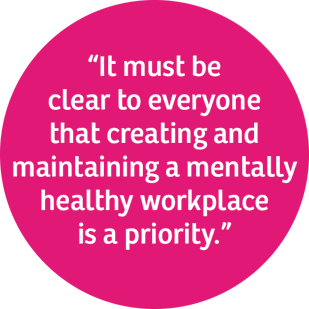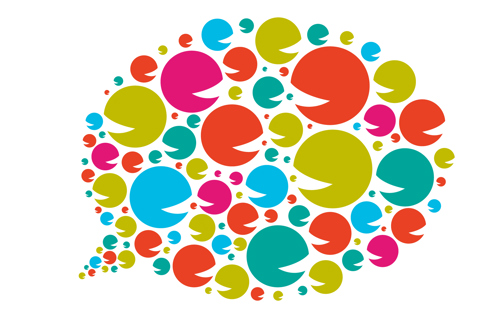
Understanding Discrimination at Work
Understanding stigma and discrimination is vital for everyone in the workplace - from directors to senior managers to employees.
Unlawful discrimination happens when a person is treated, because of a protected characteristic, in a way that disadvantages them.
Discrimination may or may not be deliberate but either way, it usually cannot be justified.
There are many different types of discrimination in work, these include:
• Indirect discrimination- Where a policy or practice has a worse impact on a group with a protected characteristic and on an individual from that group, and it cannot be “objectively justified”.
• Direct discrimination- Treating someone less favourably because of a protected characteristic and this disadvantages them.
• Instructing someone to discriminate- If staff are told not to hire someone with a mental health problem, this is likely to be unlawful discrimination because of disability
• Victimisation - Where someone uses their legal right to be protected from discrimination, or assists someone else to do this, and they are treated in a way that disadvantages them as a result.
• Discrimination ‘arising from disability’ - You are protected from being discriminated against because of something connected to your disability and there is no objective justification
• Harassment - Behaviour related to a protected characteristic that is unwanted by the person receiving it, and the behaviour has the purpose or result of violating their dignity or creating a degrading, humiliating, hostile, intimidating or offensive environment.
• Not considering or making reasonable adjustments for someone with a disability (where you have a duty to do so) - Reasonable adjustments could include how you apply a policy, they could also include ways of supporting the employee during the process


Nikki's story
 My manager at the time was not supportive and caring, she was quite the opposite. Not only was I not able to speak up and ask for the support I needed, but my mental health was also being made worse by the working environment I was in.
My manager at the time was not supportive and caring, she was quite the opposite. Not only was I not able to speak up and ask for the support I needed, but my mental health was also being made worse by the working environment I was in.
I wasn’t aware of the term at the time, but I began to display signs of presenteeism. I was afraid to take any time off and felt I had to be seen to be working hard, regardless of what I was experiencing personally. With the wonderful gift of hindsight, I can see now that had I been able to go to my manager and have an open and frank discussion about how I was feeling and the support I needed, things could have been different.
Read moreHealthy workplaces create the right culture
 A mentally healthy workplace free from discrimination takes care of staff and nurtures a supportive environment for work. Everyone has a responsibility to look after themselves and others but the values and ethos must come from senior management - welcoming people with mental health problems and creating a culture that is inclusive and understanding of individual's needs.
A mentally healthy workplace free from discrimination takes care of staff and nurtures a supportive environment for work. Everyone has a responsibility to look after themselves and others but the values and ethos must come from senior management - welcoming people with mental health problems and creating a culture that is inclusive and understanding of individual's needs.
Creating the right culture involves many things but a good place to start is to make sure everybody in your workplace shares an equal understanding, awareness, sensitivity and respect of the importance of good mental health. By nurturing a mentally healthy environment attitudes and behaviour will change too - managers and staff will be in a better place to help and support anybody affected by mental health issues at work.
Taking steps to encourage employees to disclose symptoms and concerns will enable managers to respond effectively to health concerns of those under their care. This will not only help people cope and stay well in work, but hopefully also reduce the time off needed - increasing productivity and improving staff morale.
Employers
It is crucial that leadership in promoting better mental health comes from the top – from key decision makers, whether they are the chief executive, board members or members of the senior management team.
Collectively or individually, they should foster a culture of openness that encourages staff to talk openly about mental health, ensure the development of the right policies to meet legal and moral obligations to look after staff, introduce the right training for managers and actively support mental health awareness initiatives.
Signing up for the See Me in Work programme offers further guidance and a structure of actions you can take to stamp out stigma and discrimination in your organisation. You can find that in our See Me in Work section.
A mentally healthy workplace will increase productivity, reduce absenteeism and save you money.
Information for employersEmployees
Support for everyone in the workplace is a matter of encouraging and nurturing communication and discussion.
We all have mental health and we all have a responsibility to look out for ourselves and each other.
If you're worried about someone at work, asking them if thy're okay, and showing you care, makes a huge difference.
If you're struggling, then you have the right to not b discriminated against at work.
Opening up a sensitive conversation can be tough. You need to trust the person - whether a manager or colleague and have the confidence that you can talk about your problems without fear of being stigmatised or discrimianted against. You have legal rights within work and you are entitled to support so it's important that you understand your organisationsal policies, sources of support inside and outside work and how these might help you.
You can learn more about mental health, stigma and discrimination by taking part in our e-learning.
Information for employees
Sian's story
I was open from the start about my diagnoses and the reasonable adjustments I needed to enable me to perform to my best. The issues started out small; a snide comment here, a little dig there. Gradually, things escalated, always badged as being “for my own good”.
Work was taken off me, I was left out of meetings, I was micromanaged and previously existing adjustments were suddenly deemed as unfair to others. If I wasn’t in the office I had to send emails detailing where I had been, and what I had been working on. After four years, the stress finally made me crack and led to a number of suicide attempts over a short period.
Unfortunately, this only spurred on the discrimination, with a concerted effort launched when I returned to work to drive me from the organisation, with regular performance reviews and multiple meetings with HR.
Read more


